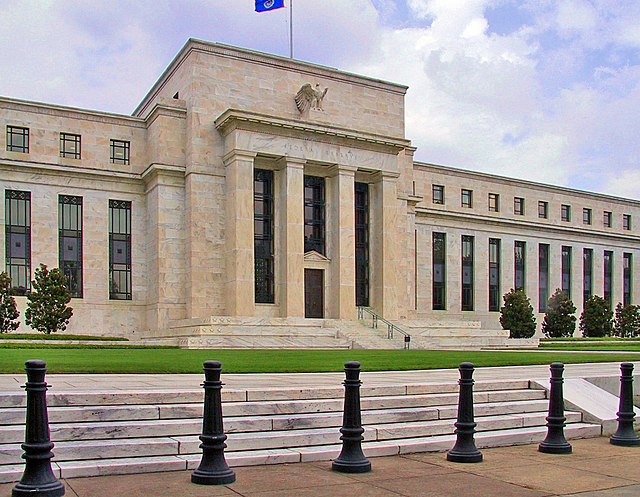Al Charlson is a North Central Iowa farm kid, lifelong Iowan, and retired bank trust officer.
Financial panics are not rational. The federal debt ceiling is an arbitrary artificial limit. The U.S. economy would not fundamentally change on the day the Treasury could not send Social Security checks or military payroll because it was barred from borrowing to pay the bills Congress has already approved. But world financial markets would freak out.
The international financial market system is an extremely complex and intricate web of interrelated understandings, agreements, contracts, checks and balances, guarantees, regulations and laws. The system is normally resilient and redundant enough to handle losses which regularly can and do occur. For many decades, the U.S. dollar has been the linchpin of the system, and U.S. Treasury notes and bonds have been considered the basic risk-free asset class. Essentially, the full faith and credit of the U.S. Government has been and remains the cornerstone of the worldwide financial system.
U.S. financial markets were under stress in 2007 and 2008 due to excesses in the mortgage and derivative collateralized debt obligation markets. As stronger financial institutions took over major firms in danger of going under, those stresses were being contained. For example, J.P. Morgan Chase bought both Bear Stearns and Washington Mutual. But in September 2008, no one stepped forward to take over Lehman Brothers, which filed for bankruptcy. (There are shelves of books about this history.)
The match which ignited the financial panic of 2008 was struck the next day when the Reserve Primary money market fund “broke the buck” (failed to hold Net Asset Value at $1.00). The intricate web was torn and it was not clear whether it could be mended.
The extraordinary coordinated actions of the Treasury Department and the Federal Reserve did stop a complete breakdown of the financial market system. But a lot of damage, much of it irrational, was done. That damage is still affecting the lives of many Americans today.
Of course, the market overreactions created opportunities. The Treasury and Federal Reserve focused on stabilizing the banking system. By the spring of 2009, it was possible to buy preferred stocks of leading money center banks (which were on solid footing due in part to Treasury/Federal Reserve intervention) at 40 percent below their issue prices. (On average, U.S. preferred securities dropped 44.8 percent in price between January 2007 and June 2009.) For example, an investor who purchased a 6 percent preferred stock for 40 percent below face value would receive a 10 percent annual cash return, plus a 66 percent capital gain when the preferred was redeemed at par.
A similar pattern emerged in the housing market, where investors bought homes lost by families through foreclosure and turned them into rentals, while riding the recovery in home prices.
Our country stumbled into the financial panic and crash of 2008. In contrast, the panic which would result from a default on U.S. Treasury debt is completely predictable, foreseeable, and avoidable.
It appears the network of conservative multi-billionaires, which is the foundation of the support base of the Republican Party, is encouraging U.S. House Republicans to go ahead and force a default. They would be betting that President Joe Biden would end up with enough of the blame for the resulting chaos that they would gain total control in Washington, D.C. in the 2024 election.
In the meantime, their wealth would shield them from the resulting financial storm, then enable them to snap up devalued assets for dimes on the dollar as they did after the crash of 2008.
However, they should heed the old adage “be careful what you wish for.” Many of the safety net programs the ultra-wealthy decry as socialism began as a response to the financial panic of 1929 which exploded out of control into the Great Depression of the 1930s.
Top image: The Federal Reserve headquarters in Washington, DC, photographed by Dan Smith in 2005, available via Wikimedia Commons.

